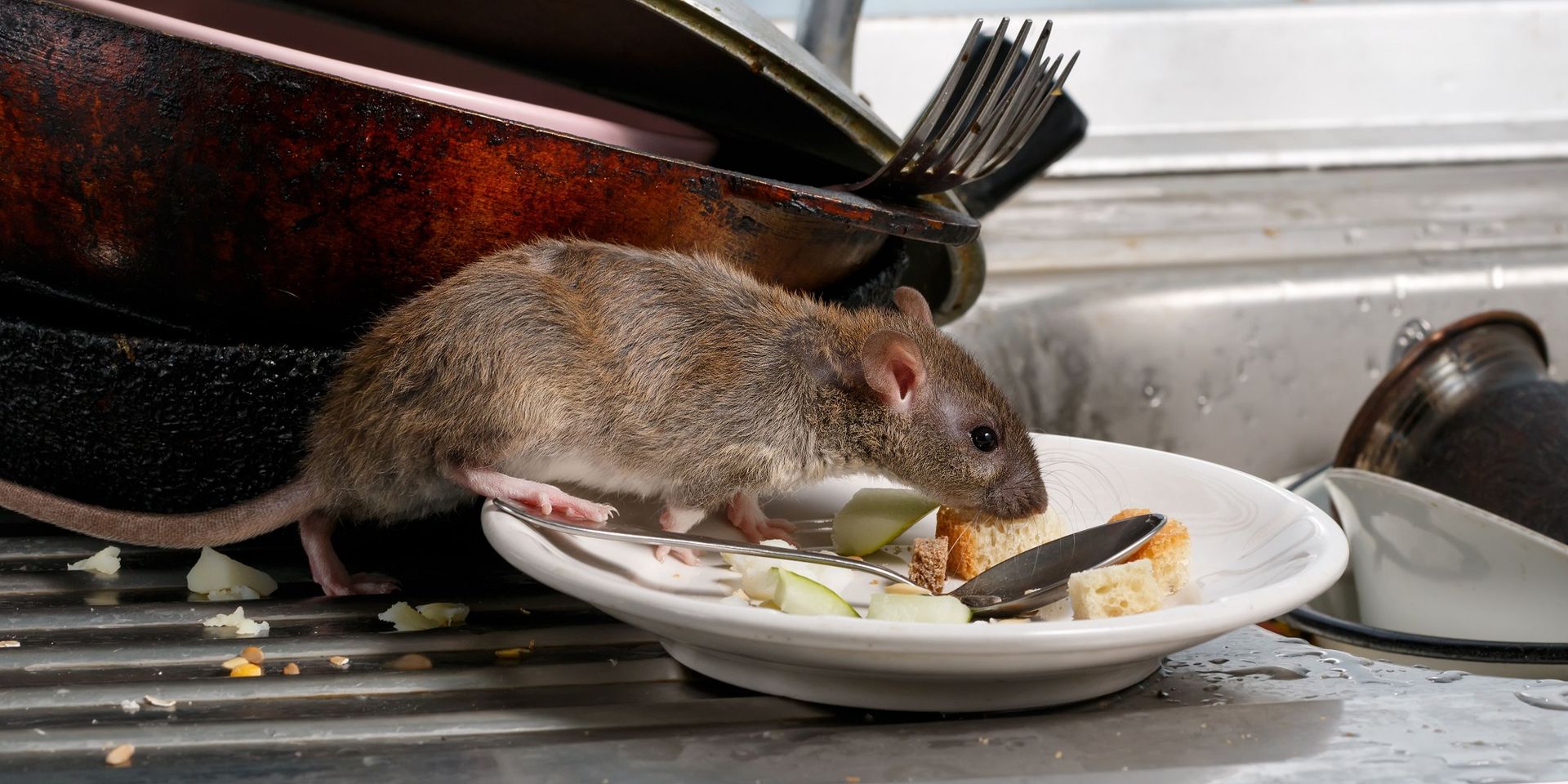- Head Office : Ruko Apartemen Serpong Green View RK3, RT01/03, Jl. Lengkong Gudang Timur Raya, Serpong, Tangerang Selatan

A simple yet intriguing question arises: why and when do we classify animals as pests? Behind this term lies a complexity worth exploring in depth. The concept of 'pest' encompasses not only organisms that damage plants or disrupt our daily lives but also illustrates the intricate dynamics between humans and their environment. Let's delve into the fascinating world behind this simple definition and examine the criteria used to classify various animals around us as 'pests.'
Definition of Pests
Pests are organisms that cause damage or disruption to plants, livestock, humans, or the environment. These can include insects, microbes, weeds, mammals, or other organisms that interfere with a specific system. It's important to note that not all organisms in the environment are considered pests. The assessment of whether an organism is considered a pest often depends on the specific context and human perception of its impact. For example, some types of insects might be considered pests in one situation but beneficial in another context, such as in plant breeding or natural pest control.
Criteria for Pest Classification
Here are the criteria used to determine whether an animal is considered a pest:
Negative Impact
The first factor is the negative impact the animal has on plants, livestock, humans, or the environment. The greater the damage or disruption caused, the more likely the animal is to be considered a pest.
Disruptive Behavior
Animals that damage or disrupt human life or the surrounding ecosystem are classified as pests. For instance, animals that feed on agricultural crops, such as caterpillars and termites that damage buildings, fall into this category.
Rapid Reproduction
Animals with the ability to reproduce quickly can lead to uncontrollable populations and are often classified as pests due to their potential to cause more significant problems.
Economic Loss
A major concern for many businesses is the economic loss caused by pests, including both direct losses and indirect costs such as control measures or replacing damaged goods.
Disease Spread Potential
The final factor is disease spread. Some animals have the ability to transmit diseases harmful to humans, livestock, or plants. For example, mosquitoes that spread malaria or rats that spread diseases through food contamination.
Case Studies
Here are specific examples of animals considered pests in various fields:
Agriculture and Livestock
Leaf lice, caterpillars, rice bugs, and other pests that feed on crops like rice, corn, and soybeans. Then there are flies, mites, and lice that cause diseases in livestock and disrupt the growth and production of farm animals.
Health
Rats that spread diseases and contaminate food, or Aedes mosquitoes that transmit dengue fever.
Environment
Rats that damage natural ecosystems by consuming bird eggs and small animals, and water fleas that damage fish ponds and other aquatic habitats by sucking the blood of fish and other aquatic animals.
Household
Household pests such as ants, cockroaches, mosquitoes, and fleas that cause discomfort and disrupt household cleanliness.
Pest Management
Pest management in communities involves various approaches aimed at reducing pest populations and avoiding negative impacts on health and the environment. Management can be carried out through practical steps, such as cleaning pest nests, using traps, and applying safe pesticides. Educational campaigns about proper pest control practices are also crucial. Good waste management helps reduce food sources and hiding places for pests. With active community participation, pest management can be effectively implemented, protecting health and well-being.
Understanding the boundaries and criteria for classifying animals as pests involves addressing intriguing questions about why and when animals are referred to as pests. Pests are defined as organisms that cause damage or disruption to plants, livestock, humans, or the environment. However, whether an organism is considered a pest often depends on the specific context and human perception of its impact. Pests are assessed based on their negative impact, disruptive behavior, rapid reproduction, economic loss, and disease spread potential. Examples of pests vary across fields, including insects, rats, and mosquitoes. Effective pest management involves practical actions such as nest cleaning, trap use, and waste management, aiming to reduce pest populations and their negative effects. Through active participation and education, pest management can be effectively executed to ensure community well-being in a healthy environment.